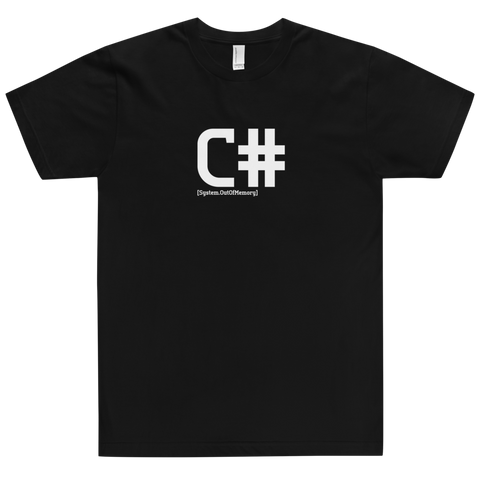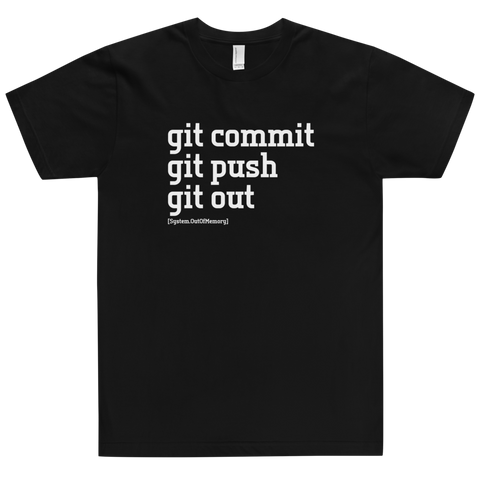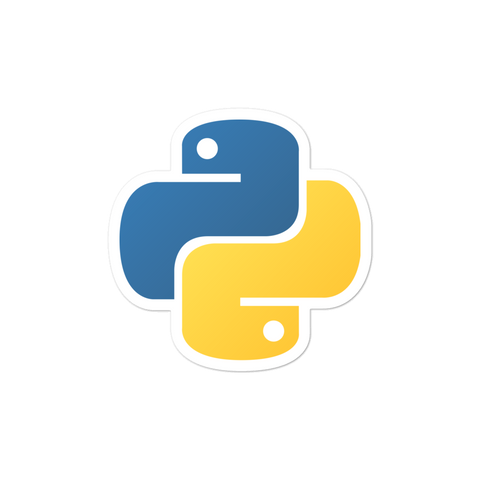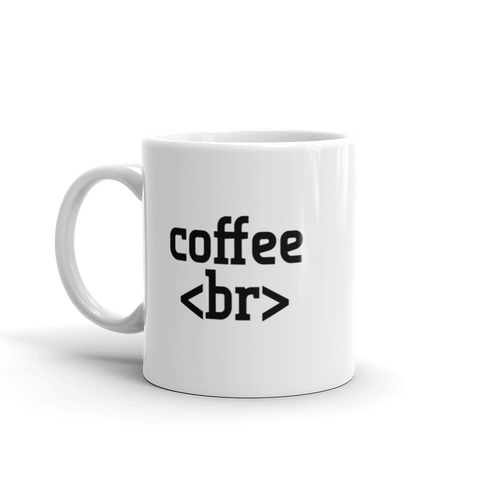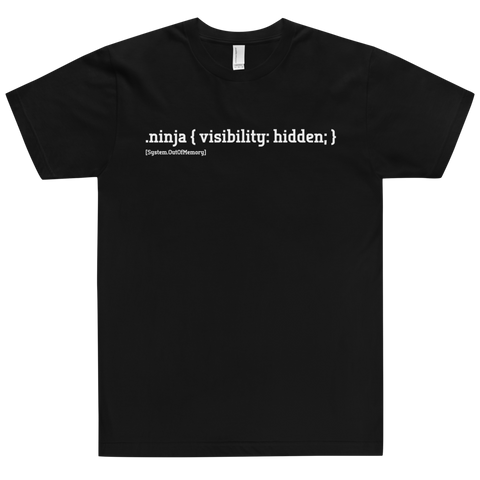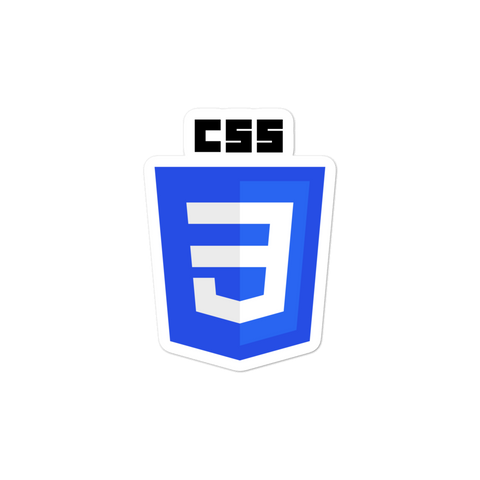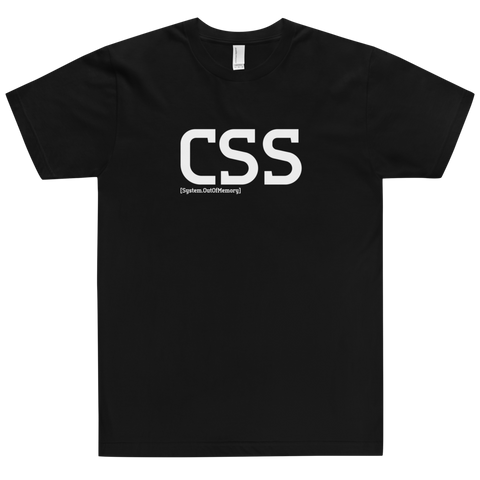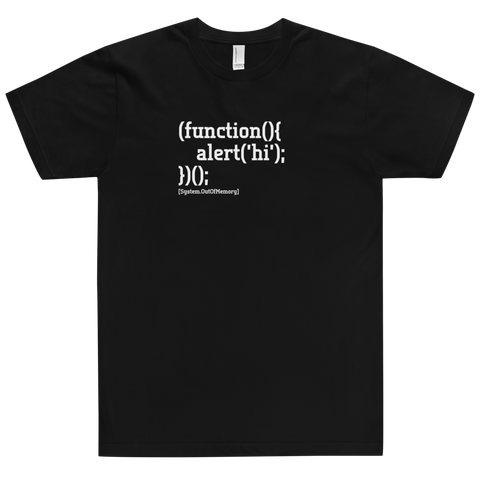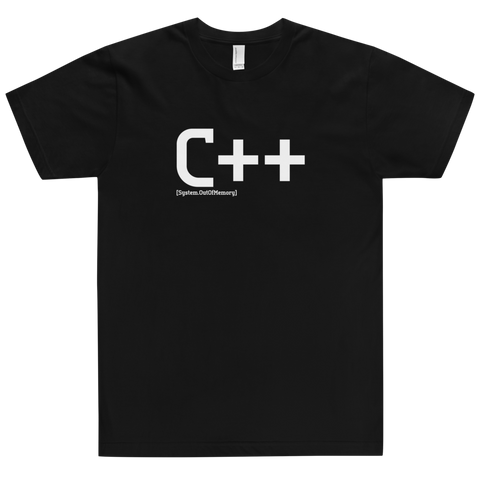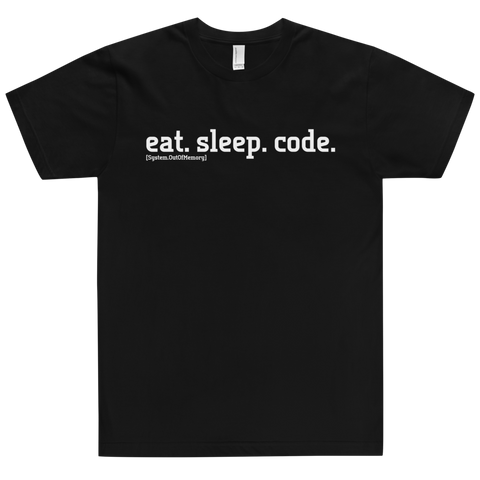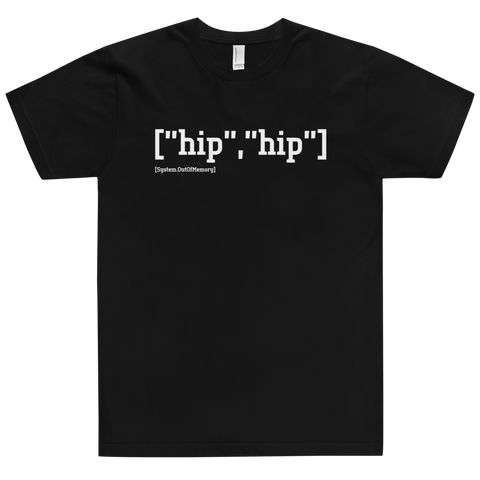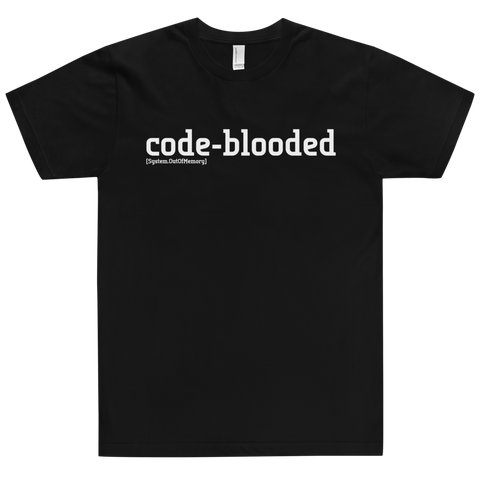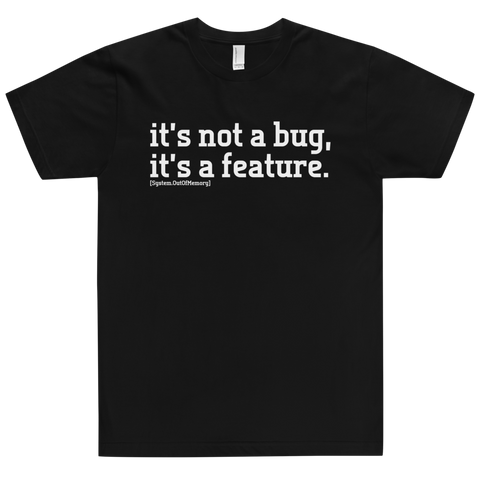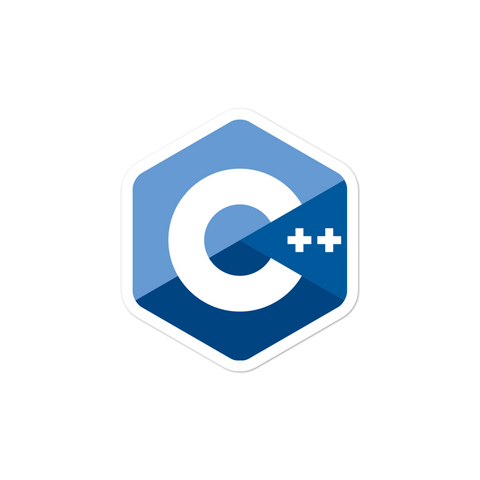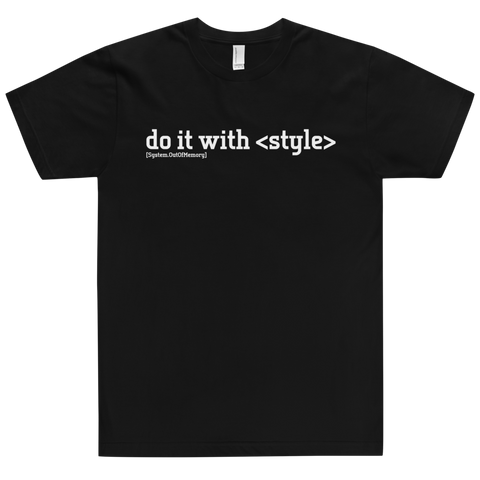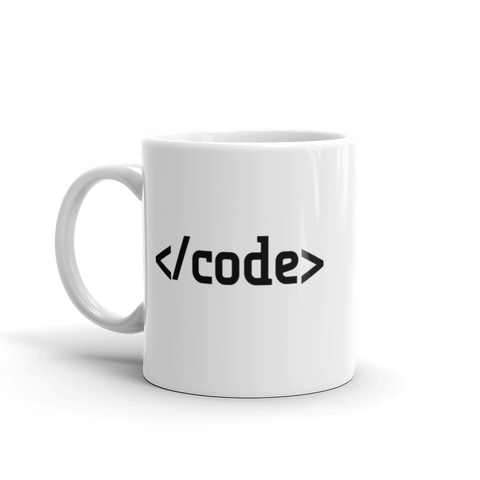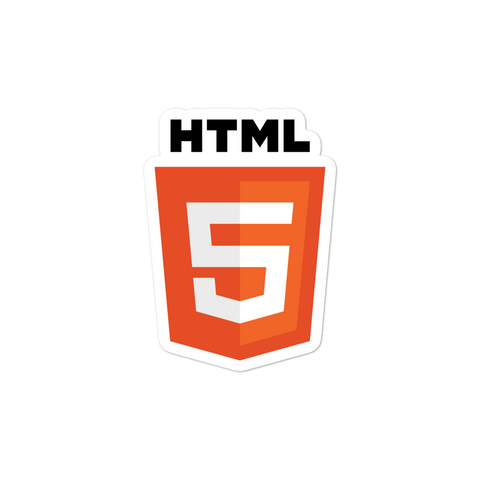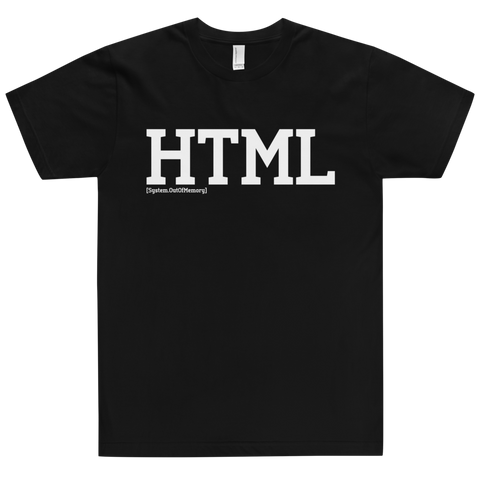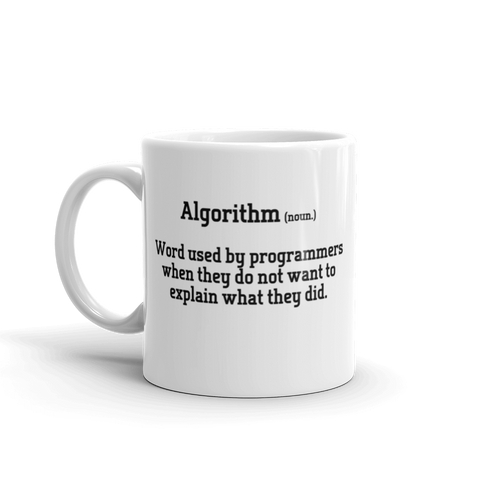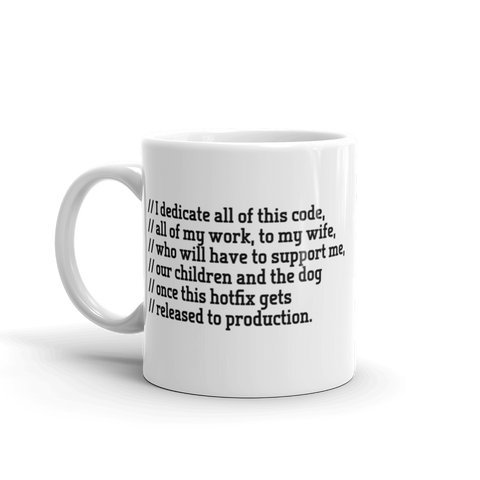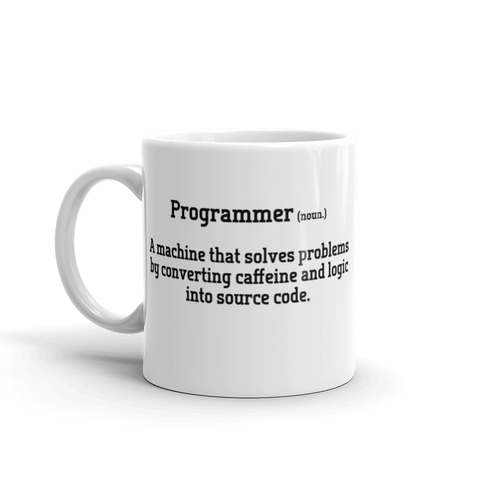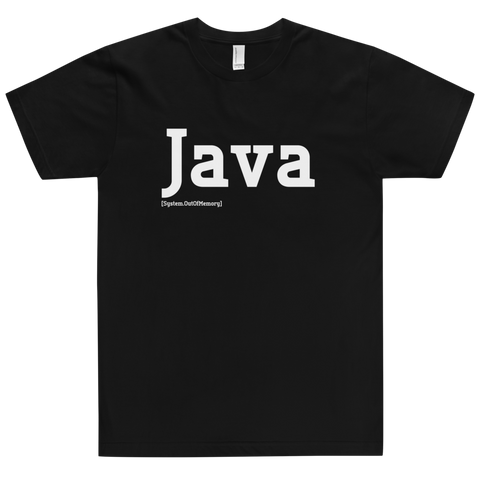The core issue you're facing is that the events are only bound to the elements present at the time the jQuery ready event fires. Select boxes added after that event is fired won't have the event listeners bound to them.
To handle this, you have two main options:
### 1. Event Delegation
jQuery allows you to delegate event handling for dynamically added elements to a parent element that exists at the time of the page load. This way, even if the select boxes are added later, they'll still be covered by the event handling.
Here's how you can implement event delegation:
$(document).ready(function(){
$(document).on('mouseenter', 'select', function(){
$(this).css('width', '200px'); // Example manipulation
});
$(document).on('mouseleave', 'select', function(){
$(this).css('width', '100px'); // Example manipulation
});
});
In this example, any time you hover over a `select` element, the width of that select will change.
### 2. Using MutationObserver
Another approach is to use the MutationObserver API, which is a native JavaScript feature, to monitor the DOM for changes and react to them.
Here's an example:
// Select the node that will be observed for mutations
const targetNode = document.body;
// Options for the observer (which mutations to observe)
const config = { childList: true, subtree: true };
// Callback function to execute when mutations are observed
const callback = function(mutationsList, observer) {
for(const mutation of mutationsList) {
if (mutation.type === 'childList') {
// Your logic for handling newly added elements here
$('select').css('border', '1px solid red'); // Example manipulation
}
}
};
// Create an observer instance linked to the callback function
const observer = new MutationObserver(callback);
// Start observing the target node for configured mutations
observer.observe(targetNode, config);
// Later, you can stop observing
// observer.disconnect();
This code snippet will trigger whenever a child element is added or removed from the `document.body`, or any of its descendant elements (`subtree: true`).
Both of these approaches should solve your problem of handling events for dynamically added elements. Choose the one that fits best with your existing code structure and practices.

![[system.outofmemory] Beanie](http://systemoutofmemory.com/cdn/shop/files/systemoutofmemory-beanie_3e06d676-1bdf-4685-8284-1560dd50f1bf_large.png?v=1730572513)





